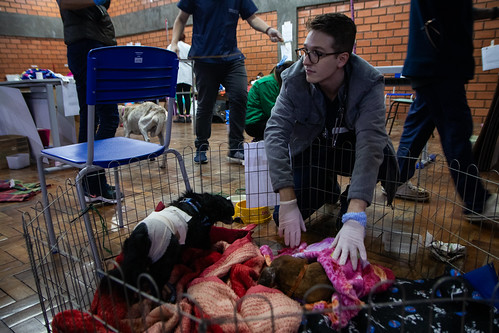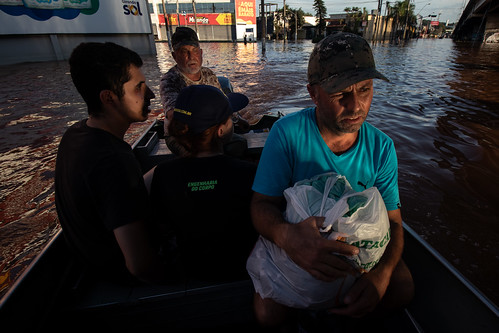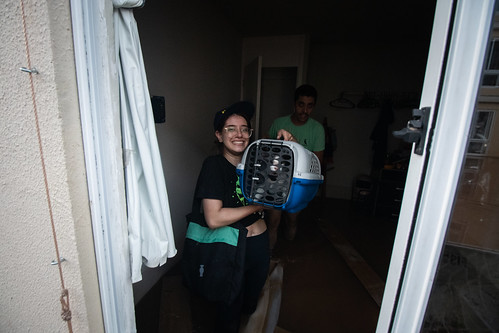Assentadas do MST reúnem voluntárias e produzem calcinhas para mulheres nos abrigos
“É gratificante ver como a nossa união e esforço podem fazer uma diferença tão tangível na vida de outras mulheres”, diz voluntária
Desinformação climática é um dos motores da tragédia, diz pesquisadora
Plataformas são corresponsáveis pela falta de transparência
Lira escolhe deputados pró-garimpo para comissão da Câmara sobre Yanomami
Dos 15 membros indicados para compor a comissão, 13 deputados são bolsonaristas e pró-garimpo
Milhares são evacuados devido a violentos incêndios florestais no Canadá
O governo do Canadá alertou para a qualidade do ar perigosa em várias áreas afetadas pelos incêndios
‘Impacto no comércio’: Eduardo Leite fala em receio com doações e é criticado
“Quando você tem um volume tão grande de doações chegando ao estado, há um receio sobre o impacto que isso terá sobre o comércio local”, disse Leite
Quem financia a mídia ninja é você 
Filtrar por editoria
AlimentaçãoPoliticaCulturaInternacionalEsportesDireitos humanosEducaçãoTecnologiaSaúdeEconomiaMeio AmbienteLimpar filtros
- Música

Lorenza Pozza faz retrato afetivo musical de mãe para filho em álbum
- Música

Tássia Reis: muito além do rap
- Música

Banda Bike lança novo clipe ‘Filha do Vento’ em viagem pelo Japão
- Esportes

Como são feitos os cartazes oficiais de uma Olimpíada?
- Emergência Climática

Quase 80 mil pessoas estão em abrigos no RS; mortes chegam a 149
- Meio Ambiente

Verão de 2023 foi o mais quente em 2 mil anos no hemisfério norte, diz estudo
- Emergência Climática

Governo Lula cria autoridade federal da ‘Reconstrução do Rio Grande do Sul’
- Cultura

Indicado ao Grammy Latino, MC Maneirinho lança EP ‘Relikias do Baile do Martins’
- Cultura


























































